Apple Not Happy About USB C Mandate
The company is begrudgingly complying with the EU's requirement.
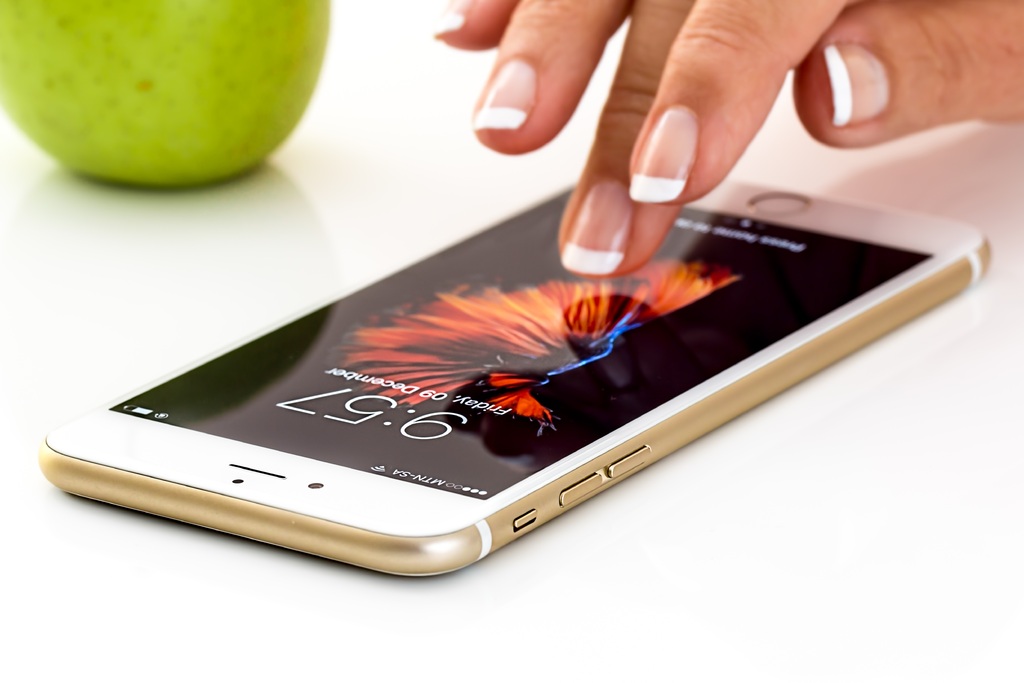
WSJ (“Apple Says iPhones Will Comply With EU Law Requiring USB-C Charging“):
Apple will follow European Union legislation that sets a common charging standard for mobile phones and other portable electronic devices, a senior Apple executive said.
“Obviously, we’ll have to comply,” Greg Joswiak, Apple senior vice president of worldwide marketing, said Tuesday while speaking at The Wall Street Journal’s Tech Live conference.
The legislation, which recently received final approval in the EU, mandates that electronic devices sold in the 27-nation bloc must have USB-C ports beginning in 2024. While Apple has shifted to using USB-C connectors on its Macs and iPads, the iPhone has used the company’s own Lightning port since 2012. Most new Android devices already have USB-C charging ports.
The measure is aimed at reducing electronic waste and improving customer convenience. The Cupertino, Calif., tech giant had opposed the measure, saying it would harm innovation and create further e-waste as Lightning cables become obsolete.
“Over a billion people have it already,” Mr. Joswiak said of the company’s proprietary cable. For iPhone customers who rely on it to charge their devices, “Lightning charges pretty well,” he said.
Mr. Joswiak wouldn’t elaborate on the timing or manner in which Apple would comply with the changes. “You’re asking me to predict the future,” he said.
By all accounts, the change is coming with the iPhone 15, which is already well into development.
I have mixed feelings about this. On the one hand, there’s a place for regulation for these sorts of things. Having a proprietary—and thus expensive—charging cable is annoying and potentially anti-competitive. (Although cheaper ones that, presumably, pay nothing to Apple have been around for years.) On the other, having regulators lock in a single cable would seem anathema to innovation. And, yes, the EU has actually created a ton of waste in the short term, rendering the lightning cables so many of us already have soon to be obsolete.
In this particular case, though, I’m skeptical that much innovation was going on. Apple moved to a USB-based “Thunderbolt” cable for its laptops some time ago, so the cables aren’t even consistent throughout its own ecosystem. And there doesn’t seem anything particularly novel about plugging a device into a cube that is in turn plugged into a power outlet. (Apple’s fast charger is pretty nice—but the innovation there is in the cube, not the cable.)
A separate concern is the obvious problem of individual countries creating their own regulations in a global economy. The United States, China, India, and the consolidated EU are powerful enough to force compliance to access their markets. But what if they all demand different charging ports?
More problematic, of course, is different regulations for things like the Internet. Companies are forced to either filter what content goes to various countries or, worse, impose the lowest common denominator on all of us. See, for example, the frustrating mess caused by the EU regulation requiring opt-in for cookies that made every website on the planet worse.

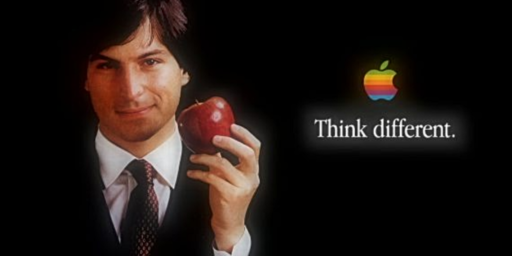
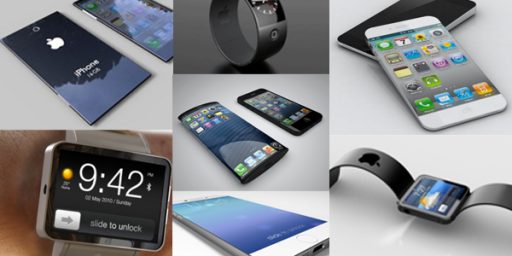
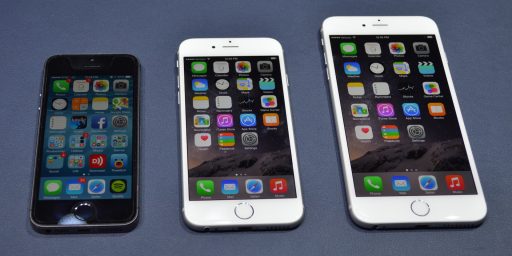
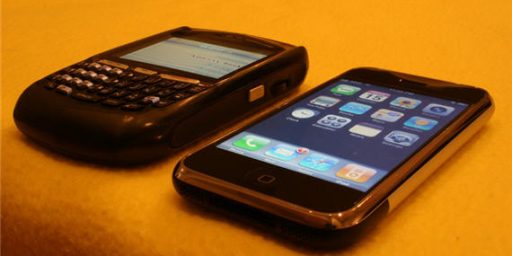
Shouldn’t this create a market for adapters? Is there a reason we don’t see more that adapt from USB to Lightning and vice versa?
“Preventing innovation”. Lol.
Sure, it’s preventing innovation in the area of improving vendor lock-in and monopolization. Like the “innovation” of putting chips in inkjet printer cartridges or Keurig coffee pods to prevent 3rd party options.
I follow Apple pretty closely and I suspect you are misinterpreting Apple’s reluctance. As you point out, they have already transitioned to USB-C for their Mac and iPads (Thunderbolt is a version of USB-C and is compatible physically and logically with the over versions). It’s been widely assumed within the Apple watching community that Apple has been trying to make the iPhone completely wireless for some time. Apple never ever talks about future features, but Johnny Ives and others have long made comments about eliminating points of failure and the ports are high on that list. So I suspect why they are reluctant is because, as it stands, it would require them to have a port even if they can overcome the remaining impediments to that entirely wireless vision.
@Argon:
It’s about time the big corporations get hit in their excessive revenue streams. Think of junnk fees and such, too.
Of course, Apple thinks it’s special. In the name of the Apple, The Woz, and the Holy Jobs, and all that.
I welcome the convenience of a standard cable.
However, in my experience, the USB-C connecter is problematic and tends to damage the connector on the device itself over time.
But really the most important thing to keep in mind about the USB-C connector is that there is an ongoing existential threat to American Democracy.
I’ve gotten an electric cable of some sort with every electric/electronic device I’ve ever purchased. Some were proprietary, some were not. Either way, I’ve never used any of those cables again in other applications–because the new device always comes with an electrical cord.
I’m not sure what the complaint here is beyond the issue that phone and tablet users need to be able to charge their devices at multiple locations and need (??) multiple cords to do it. For that situation, “one size fits all devices” looks more like a benefit than a hindrance. If for no other reason than now I don’t have to bring (and lose) a cable to school or the office to recharge my phone in the middle of the day (Thanks, replacement battery! I’ve been needing this feature. 🙁 ). My coworkers/classmates and I can all share one or two.
@Just nutha ignint cracker:
Edited to add:Not that losing a charging cord would make a problem for me to any degree that I can forecast, I have 8 or 10 of them at home from past phones. (But I did like that in Korea, when I bought a new phone, the store I bought it from took my old phone, along with the charging transformer and cable in trade. I used to get about a thousand won ($1) for one, I think. And I got $100 in trade in on my old BiPAP machine. Woo hoo! 🙂 )Traveling in the UK and Europe with two iPhones, two Apple watches and two Mac Airs. So, two Euro wall plug adapters, one UK wall plug, USB-A to Lightning, USB-C to lightning, USB-A and C to the watch chargers, plus all the usual US plugs and a Mag safe for one laptop because what the hell, we’re in this deep. It all weighs a ton and is a pain in the ass, especially since so many hotels still can’t figure out that we want cords to reach the bed.
Apple can fck right off. Go faceless Brussels bureaucrats!
While charging is what gets most of the mainstream media space, the big push for USB-C is from peripheral vendors to standardize all of the kinds of data that can be pushed through the interface. Monitor vendors, for example, don’t want to have to include both an Apple-specific video transport, and the HDMI support spec’ed for USB-C that everyone else is going to use.
@MarkedMan: I wonder if the mandate requires a USB-C port, or if the mandate essentially says “if there is going to be a port, it must be USB-C”?
@Tony W: Per Engadget:
This whole subject fascinates me because people of a certain age are absolutely stuck in the early 2000’s when every phone, computer and PDA came with a custom and patented charger, locking you into their expensive replacements. But this hasn’t been true for at least a decade. Sure, USB-A is gradually giving way to USB-C on one end, and Micro-USB or lighting is gradually giving way to USB-C on the other. In all cases they are not proprietary and are available from hundreds of manufacturers. But every mention of the subject of cables gets anyone over 35 apoplectic as it calls up all the memories of being stuck on the road with a faulty Motorola or Nokia charger and no hope of a replacement before the battery dies.
@Tony W: You may be right. I see it reported as “USB-C is required” but there may be a caveat for wireless devices. In any case I suspect Apple doesn’t want to invest the engineering time because they want wireless to be the next step. At that point there would be no wear item to be damaged on the phone.
@MarkedMan:
Yes, but what cable adapter will be used to hook up the wireless charging thingy to the wall socket?
I suggest USB C
@Kathy:Every new higher end charging plug I’ve seen in the last couple of years has been USB-C on that end, so you will soon have your wish
I was ok when everything became micro USB (except Apple), and then when everything became USB-C (except Apple). But then I was given a Xiaomi phone at work, and it uses some weird not-quite micro USB connector.
Since it’s the work phone and gets very light use, it actually survives overnight if I charge it to 95-100% before leaving work. On weekends, I take the cable with me and charge it mostly while driving. On vacation I do charge it at home because I don’t drive every day.
Interesting to compare light bulb standards with digital device connection standards.
The light bulb standards focus on the (1) physical structure of the connection between the bulb and the outlet, (2) the shape of the bulb, and (3) energy efficiency.
Light bulb standards are established internationally by the International Electrical Commission (IEC) and the American National Standards Institute.
The government role in light bulb standards seems to be promoting user convenience, banning outdated standards, and endorsing more efficient standards, i. e., Energy Star and President Biden’s rules for stricter efficiency standards.
The USB interface standard was initially driven by industry to promote interoperability. The IEC has adopted international standards for USB C technology.
The interesting development for both light bulbs and digital device connections is that manufacturers are developing technology that perform digital functions besides emitting light and charging.
The difference light bulb standards and digital device connection is that light bulbs have been around for over 100 years and standards for manufacturers have been in place for a lot longer than digital devices.
However, the role of government in banning technology with older standards and promoting new standards, mentioned above, seems to be the same. For example, the EU supports adoption of the USB-C standard because it increases “device-interoperability and compatibility, convergence and convenience for consumers while decreasing material extraction, redundancy and electronic waste.”
Companies who are developing induction charging technology for digital devices are working together to develop the Qi standard. While it is possible that this technology will “win” in the marketplace, it currently has one big limitation: Users cannot use their devices while being charged.
In summary, the technology adoption cycle seems to be invention, market adoption, industry standards, and international standards adopted by countries.
The timing of banning and adopting standards is important. Some make the argument that early adoption of energy-efficiency standards for lighting delayed the adoption of LED bulbs.
USB C technology has been used, improved, and standardized since 2014. Hopefully the EU’s timing for mandating USB C connections will not cause a delay in adoption of a more interoperable, resource efficient technological approach.
As far as disposal of electronic waste is concerned, (1) support laws that require manufacturers to pay for the recycling/disposals of their products so that the cost is not passed on to consumers, governments, and the environment; (2) become knowledgeable of where you can recycle electronic waste; (3) support local government programs to recycle electronic waste until manufacturers are forces to clean up their mess.
@Skookum: As I understand it, the standard mandates USB-C for charging but says nothing about data rates or protocols. If that is right, I think it is unlikely to lock in obsolete technology
@MarkedMan: Letter suffixes like USB-C refer to the connector form factor. Number suffixes like USB 3.2 specify what the pins in the connector will be used for.
@Skookum: Years ago, one of the SF ideas that I never did anything with was a character in a post-apocalyptic world (what other kind is there in SF?) who worked as a “prospector.” His work involved looking for signs that indicated that an area was a trash landfill at which point he would “mine” the land fill for remnants of discarded electrical cable, plastic, glass, transistors, silicon, and whatever else had been all but completely extracted from the planet and therefore had to be found wherever they could be scrounged up.
We may be looking at that kind of a future. (Well, I won’t be; I’ll be gone.) Your observations reminded me of it though. Especially those “governments do not require” things.
@Just nutha ignint cracker:
I’d like to see a post-post-apocalyptic world. But I think that was Star Trek.
We may indeed.
Although, well, we only can mine the Earth’s crust, and not all of it. We can only go so deep and no further. Then, too, below the crust is the mantle. Sure, it’s really hot and the rocks there are molten, but there’s a lot of it, and mostly untapped (volcanoes spew mantle to the crust).
Think, we may find a whole new way to wreck the planet digging that deep 😉
@Kathy:
I am soooooooooooooooooo into that! What a great idea!
@Kathy: On a more serious note about that idea, most volcanic eruption material appears to be basalt (at least that’s my simple-minded cracker understanding of the situation living in an area where there was significant volcanic action in the past). Is there any evidence that strategic metal-type material can be recovered by processing basalt? I know “there’s gold in them thar hills” (and copper and manganese and so on), but is it limited to the pockets of such ores that reside in the basalt fields that represent mountains?
No one should cry for Apple. Apple is, after all, one of the primary backers of the organization that sets and defines USB standards and was the company that rescued USB from technical oblivion many years ago.
And having standards is good. But a government forcing a single standard comes with tradeoffs, especially one that is as encompassing as this. The EU isn’t just mandating a certain connector, but they are also mandating power standards and a common standard for wireless charging. And it’s not just phones, but most electronic devices, laptop computers, etc.
Smaller companies that use USB-C connectors but use non-standard specs on that cable will have to redesign their gear. They usually use a non-standard spec for technical reasons. This won’t hurt the big companies, but it could definitely negatively affect niche and specialist gear and the companies that make them.
The biggest issue is that once you legally mandate a standard, it becomes difficult to change. USB-C works great now, but what happens in five or ten years? Tech specs and advancements change frequently. Large political bureaucracies do not.
Finally, it’s a handout to the USB patent and copyright owners (USB-IF); ironically, Apple is one of those owners, along with many other huge companies. I don’t know if the EU law requires that USB devices be certified – if so, that costs money, which is paid to the USB-IF. If a government is going to force everyone to use on particular private technology and require certification, then take away the patents and copyrights from the owners or make certification free.
@Just nutha ignint cracker:
No clue.
Long ago I read that just about all elements are present almost everywhere, but in such low concentrations that you can’t just mine them. The ocean has most elements dissolved in it, but 99% of all solids dissolved in ocean water is salt.
Thinking about it, I’ve no idea why some elements and minerals concentrate in relatively high levels at all. Except coal and oil. Coal comes largely from trees and vegetation long dead, and we know what forests are. Oil comes from long dead sea life trapped in particular conditions, and there too it’s obvious how it can happen.
But we have literally barely scratched the surface of the Earth. If we don’t wind up mining asteroids, our descendants will get to deal with very deep mining.